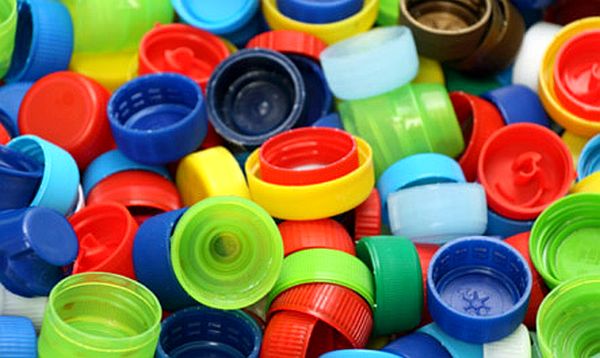While different cap sizes and types are seemingly unlimited, it requires a surprisingly low amount of capping machines to cover a majority of caps. Of course, unique and rare container tops might require custom capping machinery. For many of us other caps, a smaller band of capping machines will “seal” the sale.
SPINDLE CAPPERS. Spindle capping machines are one of the most favored capping machine produced for the packaging industry. These cappers use sets of matched discs to spin caps down onto bottles and other containers while they pass through the capping area on a conveyor system. Normally, three to four sets of discs will be accustomed to gradually tighten caps. Elevators or vibratory bowls assist these continuous capping machines by delivering caps to every one individual bottle, leaving the operator in the machine to only replace bulk caps if required. These capping machines are designed for an array of screw type caps, including flat caps, sports caps, trigger sprayers and others. Many different containers, including F-style containers (consider anti-freeze, an extended narrow container using a handle), may be operate on the spindle capper and multiple containers require minimal changeover. The flexibility and simple operation are a couple of factors that make this capping machine popular.
CHUCK CAPPERS. Chuck capping machines are similar to spindle cappers in this they use screw caps. Chuck cappers normally include a metallic chuck plus a rubber insert matched towards the cap size. When a bottle is at place under the capping head, the chuck descends to make use of consistent torque to each bottle and cap combination. Automatic chuck cappers can sometimes include multiple chucks to boost the capping machine speed. Handheld, semi-automatic and tabletop chuck cappers will often cap one bottle at the same time. While one chuck and chuck insert are prepared for different cap sizes, a center running both large and small caps might require multiple chucks and/or chuck inserts. Chuck cappers are ideal for flat caps, however, many modification on the chuck and inserts enable other screw type caps to get run at the same time.

SNAP CAPPERS AND LID PRESSERS. Snap cappers and lid pressers are generally useful for non-screw type tops. As opposed to being torqued on top of the bottle, snap type tops are simply just applied using pressure and normally kept in place by way of a lip on the container. Pressure is applied via a declined belt or even a simple plunger with respect to the application. Paint cans may match well within a lid presser, while plastic containers for some food and beverage products would work with a press on belt to stop damaging the containers themselves. Snap cappers could be constructed nearly the same as spindle cappers, together with the spindle sets substituted with the decline belt, allowing snap caps to be sealed continuously as well, caps permitting. Spindle cappers and snap cappers can be combined using one capping machine to deal with a good wider range of cap sizes and types.
Every one of the capping machines discussed briefly above are available in different amounts of automation, allowing this group of packaging machines to take care of not just a wide array of caps and bottles, but a array of production levels as well.
More details about bottle cap tightener for sale go our new net page.
